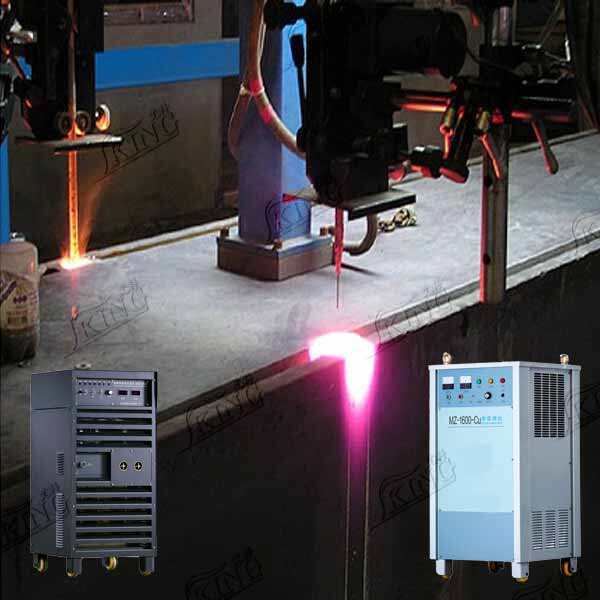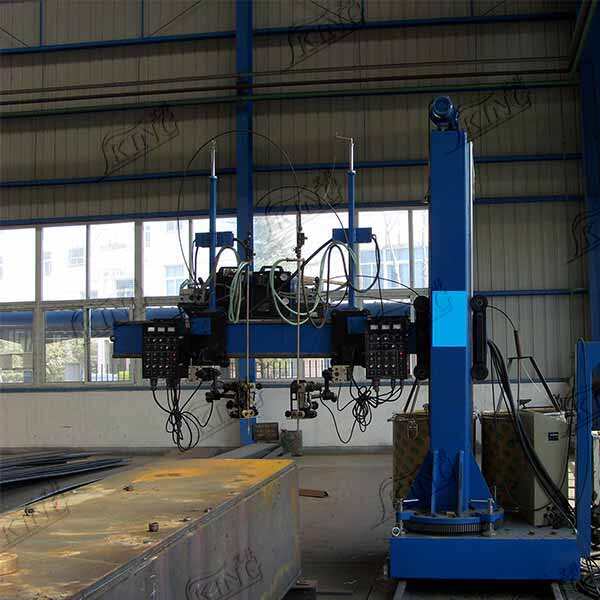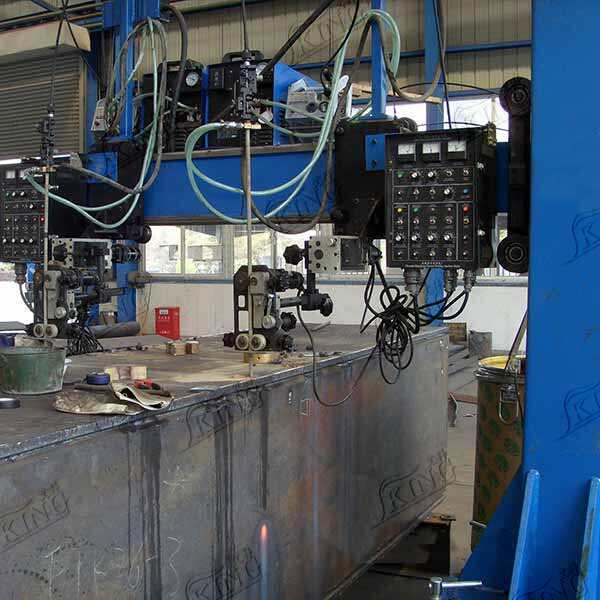electroslag welding cost
Electroslag welding cost represents a significant consideration in heavy manufacturing and industrial applications. This advanced welding process, known for joining thick materials in a vertical position, involves specific cost factors that include equipment investment, operational expenses, and maintenance requirements. The initial setup costs typically encompass specialized equipment, including power sources, welding heads, and control systems. Material costs involve not only the base metals but also the flux and consumable guide tubes. Labor costs are generally lower compared to alternative methods for thick materials, as electroslag welding achieves high deposition rates and requires fewer passes. The process demonstrates exceptional efficiency for materials ranging from 1 to 12 inches in thickness, particularly in industries such as shipbuilding, pressure vessel manufacturing, and heavy equipment production. Energy consumption costs are relatively high during operation but are offset by the reduced overall welding time and labor requirements. Additional cost factors include maintenance of equipment, training of operators, and quality control measures. The total cost structure varies depending on production volume, material thickness, and specific application requirements, making it essential to conduct a comprehensive cost analysis for each implementation.


